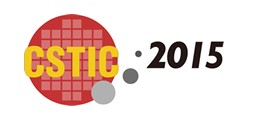IBM reported that they will be getting out of the chip making business in order to give more attention to cloud computing and big data analytics.
The company will pay Globalfoundries $1.5 million over the next three years to take control of chip operations.
“They need to narrow their focus, get their A-game on, and any distractions from a core business perspective, such as this deal, need to be put in the rear-view mirror,” FBR Capital Markets analyst Daniel Ives told Reuters.
This is not the first notion of IBM reducing its presence in the hardware industry. Earlier this month, the company sold its x86 server business to Lenovo Group Ltd. For $2.1 billion.
This from Reuters:
Globalfoundries Chief Executive Sanjay Jha said the company would invest $10 billion between 2014 and 2015 to develop 10 nanometer, 14 nanometer and radio-frequency technologies.
What does the future hold for IBM? Connect with us to join us in the discussion.


